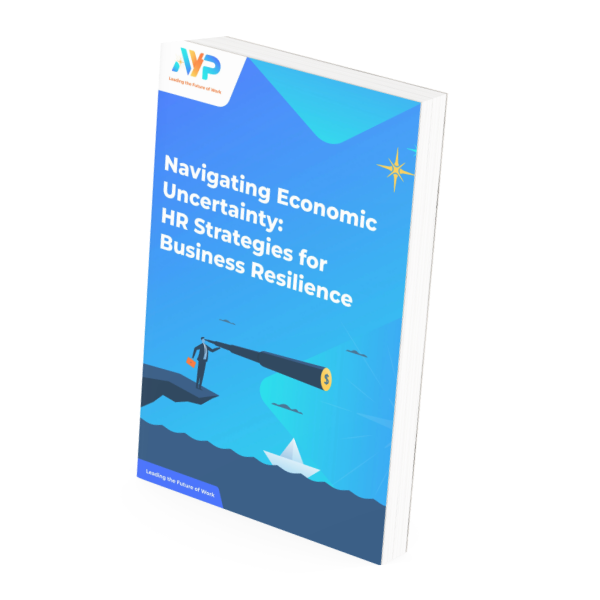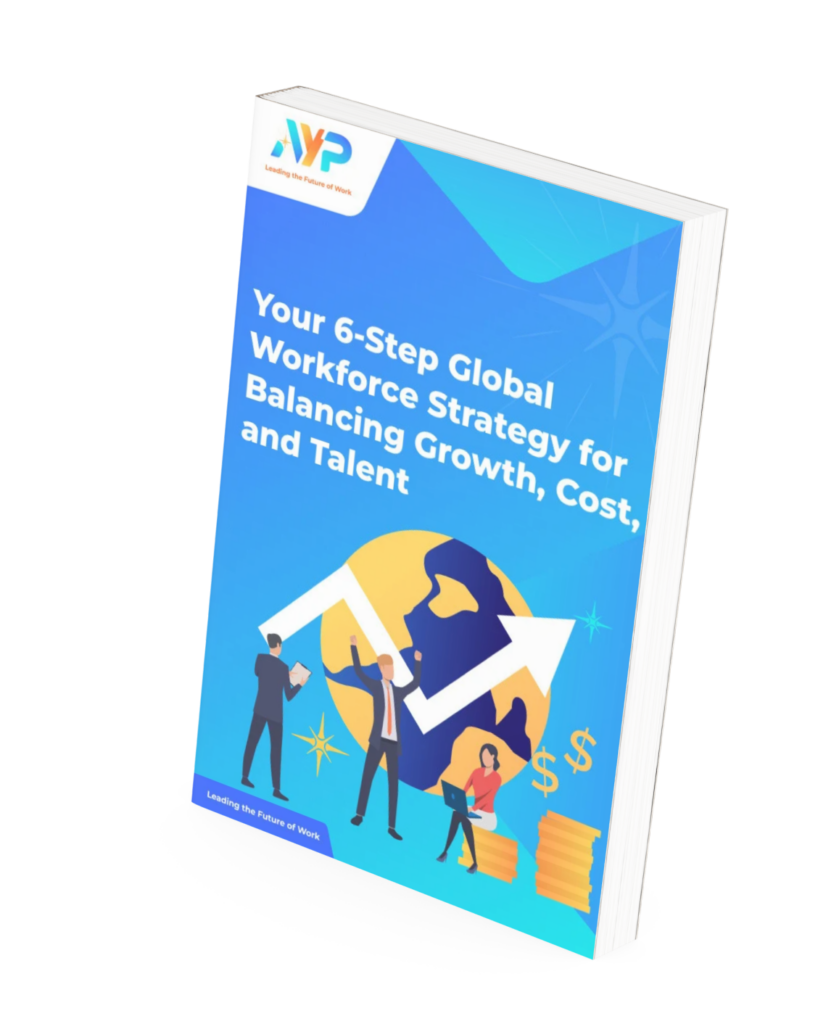Employee welfare is now taking precedence in terms of factors workers look at when searching for companies to apply to. After all, who wouldn't want to work with an organization with excellent welfare where we spend at least 9 working hours each day?
The term "employee welfare" refers to the perks or benefits that a company offers its employees in addition to their normal pay or compensation. The primary goal of providing employee benefits is to increase or improve the well-being of the employees.
The most noticeable benefits of employee welfare are employee motivation and the retention of talented individuals within the company. A Company that focuses on employee welfare will not only see lower turnover rates but is often regarded as an attractive company to join.
1. Improve the Working Environment
The first objective of offering employee benefits should be improving the employee's work environment. Providing a conducive and comfortable work station for employees has proven to increase productivity levels. Being productive and comfortable makes employees happier and more content with their work environment.
A well-designed workstation is a good way to improve employee welfare; a stable desk and comfortable office chairs can achieve this. A common issue that comes with working at a desk is back pain.

The Danger of Presenteeism
“Presenteeism” means showing up for work without being productive, often accompanied by illness or health issues. Anyone who dragged themselves to work with a headache is an example of presenteeism.
Among the health issues, chronic back pain is the no.1 reason for presenteeism at work, accounting for 16.7 minutes of lost productivity per day. It has affected companies by losing a total revenue of $1.21 million 1.
Reducing this with good quality office chairs such as ergonomic office chairs or gaming chairs leads to happier and more comfortable employees. Height-adjustable working desks encourage more mobility leading to better postures and reducing potential chronic back problems.
How about offices without an entity like remote companies? Companies can offer subsidies to employees to set up their own home offices. For example, giving furniture allowances, advice on where to get high-quality furniture, and connecting to suppliers for bulk purchases.
2. Manage Stress Levels
Many employees will not share the stress they face at work with external friends or close colleagues. This is exactly what is happening in Australia, 3 out of 5 Australians are experiencing stress at work.
More than 64 percent of 2,000 Australians 2 mentioned that they experienced stress at least once a week at work. This result is slightly higher than 60 percent from Asia Pacific's findings.
The Cost of Absenteeism Due To Mental Illness In Australia
Australia's economy is losing up to AUS $17 billion annually from employee absenteeism due to mental illness. Companies will need to conduct routine stress-level assessments for employees to weed out their problems and identify the risk factors.
A suggestion that employers can implement is an anonymous survey from every employee regularly. This way, employees will feel more secure in sharing their struggles in a safe and non-threatening manner.
Offering employees flexible work arrangements will considerably reduce stress as well. Employees will benefit from a better work-life balance to spend more time together with their parents or young children.
“The ear of the leader must ring with the voices of the people” Woodrow Wilson.
3. Prioritizing Employee’s Health

Prioritizing employees' good health is equally crucial to improve employee welfare. Providing subsidized and accessible healthcare with regular health screenings, including mental health checks reduce employee health concerns and the associated healthcare costs with medical check-ups.
Healthcare bills can cause stress on employees. Hence, their financial burden will significantly reduce with a company-issued medical card. A comprehensive blood test allows early detection of various illnesses. Additionally, corporations will usually enjoy better and discounted group health screening packages.
Taking care of the physical health and well-being of employees shows them that the company values them. Employees will experience less stress and be more inspired to increase their productivity and happiness when they feel valued; this will enhance their overall performance.
4. Making Your Employees Happy With Recognition
According to Maslow's hierarchy of needs, after our fundamental needs—such as physiological, safety, love, and belonging needs - are met, the desire for esteem or recognition will become prominent in influencing our behavior.
Esteem needs are a powerful motivator for us to determine our personal worth or how we perceive ourselves. When implemented properly, it reinforces intrinsic motivation for an employee to strive for perfection and contribute their very best at work.
Why is recognition important?
82% of employees from SurveyMonkey research with more than 1,500 respondents 3 said that receiving recognition at work makes them happier. The result is higher when the recognition comes from their peers compared to their superiors. Why? Because peer recognition is more like an organic expression of gratitude instead of a performance review.
When employees are validated for their good work, they believe it will enable them to get a raise or promotion given the positive reinforcement. Secondly, recognition improves relationships and interactions that lead to a sense of belongingness. Hence, both of these positive effects make people happy and satisfied.
Paying Incentives vs. Peer Recognition
It is undeniable that money is still the no.1 motivator as a salary increment would definitely make people happy. Every 10% of increment will increase employee retention by 3% and 2% in engagement 4. However, establishing a recognition environment is surely a more sustainable way to go from a financial perspective.
According to a study that compares a small salary increment with the effect of recognition, implementation costs for employee appreciation would be 95% lower than salary increments but create a 50% engagement boost compared to a salary increment.
Companies can provide a platform for employees to design thank-you cards to send to co-workers from different or the same department who have helped them to accomplish their milestones together. Those who want to express their gratitude but do not wish to reveal their identities can share it anonymously.
The only thing Human resources will need to do is to increase employee engagement by encouraging a culture of giving and caring.
“Employee retention is all about making them fall in love with your company’s culture”.
Navigating Economic Uncertainty: HR Strategies for Business Resilience Tap in to explores the pivotal role of Human Resources (HR) in shaping business resilience during economic uncertainty
Featured Content
1. Why Analytics Matter With Diversity and Inclusion
2. Diversity & Inclusion is a Must in the Workplace
3. 5 Hot Tips to Stop Employee Burnout Before It Starts
References
- 10 ways back pain in the workplace impacts employees. February 2020, Fern Health.
- Many Australians frequently stress at work. November 2022, 7 news.com.au.
- Can employee recognition help you keep them longer? Surveymonkey.com
- The benefits of peer-to-peer praise at work. February 2016. Harvard Business Review.



